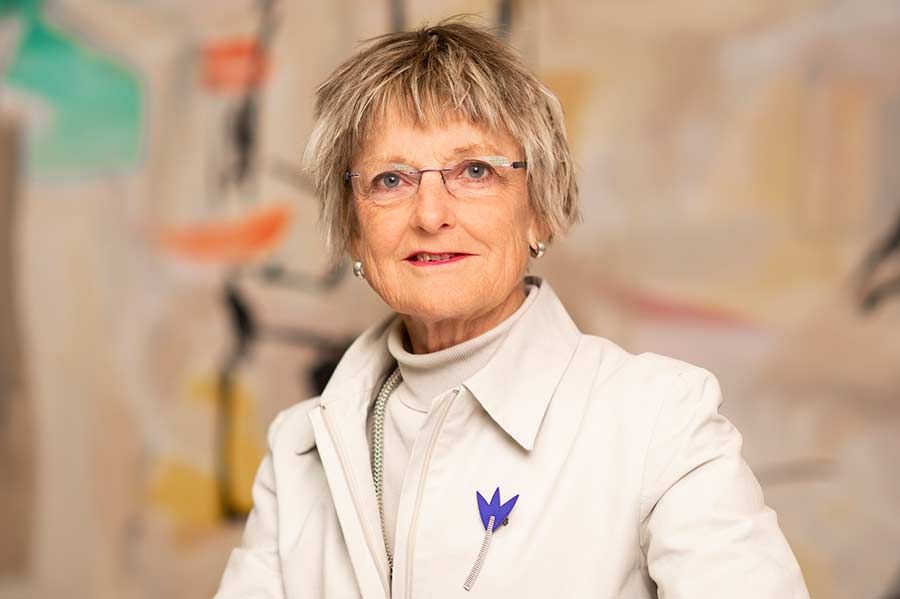
The cancer was overlooked for four years and then the breasts were removed
Birgit Arentoft has had both her breasts removed because the mammogram did not show the lump in one breast. She is among the five percent of all screened women who have very dense breast tissue, and where the risk of breast cancer is more than double that of women who do not have dense breast tissue. Today, Birgit fights for differentiated breast screening, so that others do not end up like her.
The cancer has spread to other parts of the body, and the compensation Birgit Arentoft finally received last year only means that she has received recognition that the doctors overlooked the cancer for at least four years. The Council of Medical Examiners has determined that it should have been detected during the mammography scan in both 2014 and 2016.
No one has seen my papers
"They could have saved the compensation if they had done proper investigations," she states soberly.
“I have gone to all the mammograms I had to since 2010 and filled in the papers I had to. I have written that I have lumpy breast tissue, that my sister has had breast cancer and that I took estrogen. But no one has looked at those papers. And the radiographers haven't noticed anything.
Then of course I think that everything is good. But half a year after I had the mammogram in 2016, I thought that 'there is something' - so I called Ringsted Hospital and insisted on an appointment for a breast cancer examination. I had a mammogram and ultrasound scan and the doctor immediately said he was sure it was cancer. I asked to have both breasts removed, as I did not trust that they would find the nodes that might would come in the other breast," she says.
Could clearly see the nodules
She also looked at the images from the mammograms from 2014 and 2016 herself, and she could clearly see that there were nodules that were not normal. That's why she complained.
"It was discussed when the radiologists should have seen something. The Council of Forensic Medicine decided that this should already be done in 2014," she says.
Birgit has lumpy and very dense breast tissue, and thus a greater risk of getting breast cancer. But that was well known in 2014, because there has been research into dense breast tissue since 2011, and she was in the category where there is the greatest risk of breast cancer.
"There is only a 43 percent chance that it will be detected by mammography. So it is better to beat flat or crown. Mammography has run the same way since it started 40 years ago. There have been no changes. I don't think there are other treatments or examinations where this is the case," states Birgit Arentoft, who currently sits on the board of the Breast Cancer Association.
"Patients need to know that they have dense breast tissue, so they know that there is an increased risk of cancerous nodes, so they can be more aware of it. And those with dense breast tissue must have further examinations, whether it will be ultrasound scans, MRI or artificial intelligence will be used, I don't know, but something should be done," she concludes.